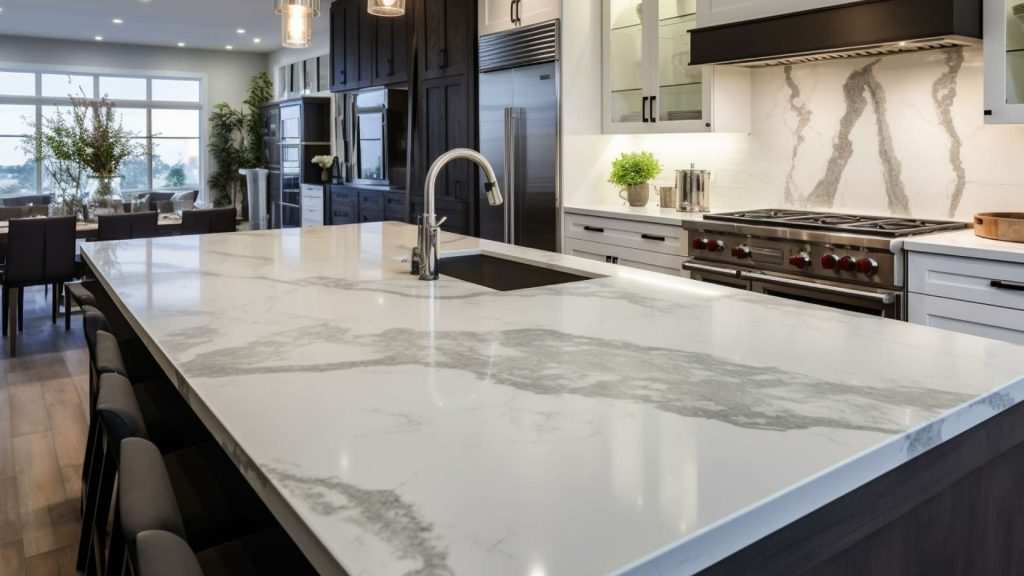The installation of a worktop is a crucial component in the finalisation of any kitchen or bathroom space, serving both functional and aesthetic purposes. This comprehensive guide aims to elucidate the entire process, from initial considerations to the final touches, ensuring a smooth and satisfactory experience for homeowners.
Initial Considerations
Before delving into the actual installation, it’s vital to consider several factors that will influence both the choice and installation of the worktop.
1. Material Selection: The choice of material for your worktop plays a pivotal role. Options range from natural stone (like granite and marble) to engineered surfaces (like quartz and laminate). Each material has its unique properties, maintenance requirements, and aesthetic appeal.
2. Measurement and Templating: Accurate measurements are the foundation of a successful installation. Professionals typically visit the site to take precise measurements and create a template, which is crucial for bespoke worktops.
3. Design and Customisation: Consider the design elements like edge profiles, sink cut-outs, and backsplashes. These details should align with your overall kitchen or bathroom design.
The Installation Process
Once the preliminary steps are completed, the actual installation process begins. This is typically a meticulous process that requires professional expertise.
1. Site Preparation: The area where the worktop will be installed must be prepared. This involves ensuring that cabinets are level and securely fixed, as well as removing any existing worktops.
2. Dry Fitting: Before the final installation, a dry fit is often conducted. This step ensures that the worktop fits perfectly in the designated space and allows for any last-minute adjustments.
3. Securing the Worktop: The worktop is then securely fixed onto the cabinets. Adhesives and sealants are used depending on the type of material. For instance, silicone sealant is commonly used for granite or quartz worktops to create a watertight seal.
4. Finishing Touches: Once the worktop is installed, finishing touches are added. This includes polishing edges, sealing the surface (especially for natural stones), and installing sinks or hobs if required.
Post-Installation Care
After the installation, it’s imperative to discuss the care and maintenance of the worktop. Different materials require different care routines:
- Natural Stone: Regular sealing and avoidance of acidic cleaners are recommended.
- Engineered Stone: Typically requires less maintenance but should be kept away from excessive heat.
- Laminate: Avoid scratches and prolonged exposure to moisture.
Troubleshooting and Support
Professional installers usually provide troubleshooting support post-installation. It’s crucial to address any issues, such as cracks or lifting, promptly to ensure the longevity of the worktop.
The Role of Professional Installers
Choosing a professional installer is key to a successful worktop installation. Experienced professionals not only ensure precise installation but also provide valuable advice on material choice and maintenance. They are equipped to handle unexpected challenges and ensure that the installation complies with industry standards.
Conclusion
The process of installing a worktop is intricate and requires careful planning and execution. By understanding the steps involved and the importance of professional assistance, homeowners can ensure that their worktop not only enhances the beauty of their space but also functions effectively for years to come. With the right care and maintenance, a well-installed worktop can be a long-lasting and cherished part of any home.

